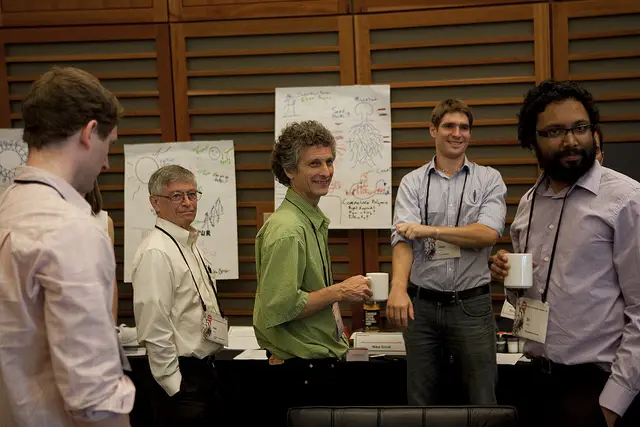In many developed countries, particularly in the United States, transit agencies struggle to boost ridership. Despites shrinking budgets, many operators have recognized and implemented several important elements which are critical to providing good bus service: shelters, well marked routes, abundant information available via flyers, websites, or mobile devices. But despite this, boosting ridership remains an issue because, aside from the purely technical factors such as time and cost, there are other forces at play. How we travel is more than a simple choice of how to get around, it is a part of how we see ourselves, and a way we relate to the people around us.
In wealthier countries, long-standing car culture has led to the deterioration of culture built around mass transit. For example, in a typical office in the United States, it’s common for workers to stop and chat about their commutes, complain about traffic, and exchange tips on short cuts that in actuality will probably make commutes even longer. It’s far less common for anyone to talk about their day on the bus or train, and the net effect of having a car-only office environment is that everyone is left with the desire to always commute by car.
When I first moved to Buenos Aires, I was surprised by the universality of bus ridership. Ask anyone on the street which bus to take and chances are they will know. Even people who commute by car will have some familiarity with the bus system in their area. Absent are the perplexed looks when you tell a stranger you need to take a bus, and the occasional inquiry of, “You mean you don’t have a car?”
The sense of community is a critical part of building transit ridership, almost as important as the service itself. If people feel their choice of transportation isolates them from their peers, they will go out of their way to avoid it. On the other hand, a strong perception of community around a mode of transportation will actually draw users in.
Unfortunately, building a transit culture isn’t something that can be done simply by the actions of a transit agency or government alone. It takes a change in the mentality of the entire populace to really make it happen. However, this change is something that can happen on an individual level. If a few more of us, instead of avoiding talking about the fact that we take the bus to work, are outgoing about it, we’ll all be that much closer to having a real transit culture.
Drew Reed is an online media producer and community activist specializing in sustainable transportation. He lives in Buenos Aires.


